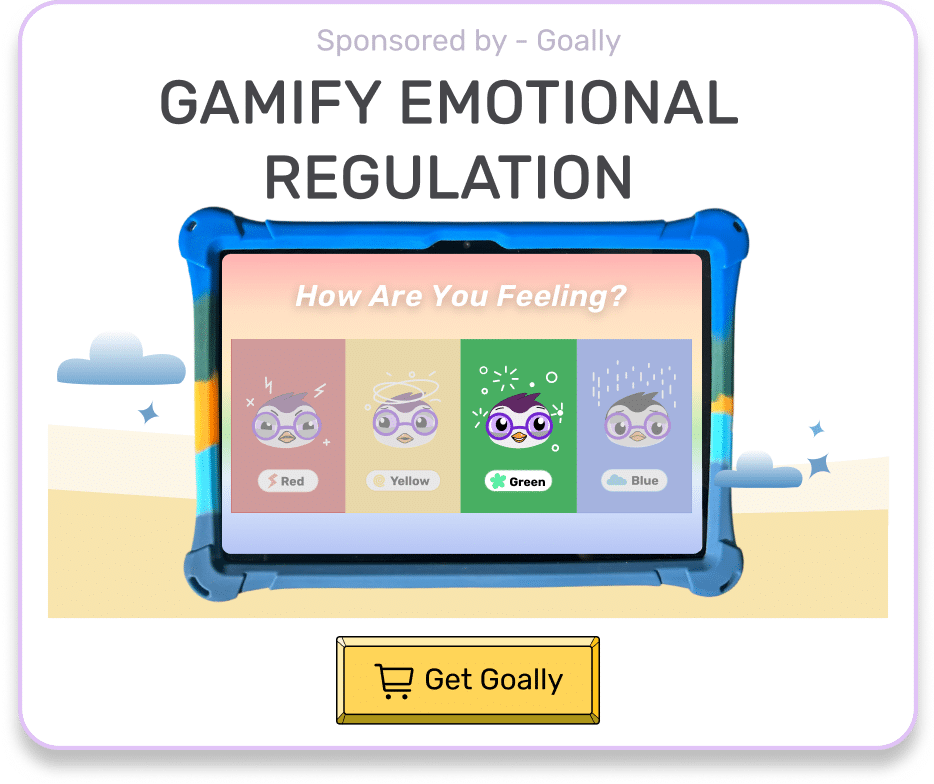As a parent of a neurodivergent child, you may sometimes feel like you’re navigating a maze when it comes to autism behavioral problems. But don’t worry, we’re here to help you find your way. In this blog post, we’ll explore common autism behavioral issues, delve into the reasons behind sudden behavior changes, and provide practical strategies to support your child. From establishing consistent routines to fostering clear communication and creating sensory-friendly environments, we’ll guide you through various techniques to help your child thrive in their unique way. So, let’s embark on this journey together and discover how to better understand and address your child’s autism behavioral challenges.
Table of Contents
Common Autism Behavioral Issues
Before we dive deeper, let’s identify the typical autism behavioral problems that parents may encounter. These issues can vary greatly among neurodivergent kids, but some common challenges include:
- Difficulty with social interactions
- Repetitive behaviors or routines
- Communication challenges
- Sensory sensitivities
- Emotional regulation difficulties
Read More: Free Printable Behavior Charts
Understanding these common autism behavioral issues is the first step in helping your child navigate their unique challenges. Remember that every child is different, so it’s essential to be patient and flexible as you learn more about your child’s specific needs.
Understanding Autism Sudden Behavior Changes
Autism sudden behavior changes can be puzzling for parents. To help demystify these changes, let’s explore some possible triggers:
- Environmental factors, such as noise, lighting, or temperature
- Changes in routine or schedule
- Physical discomfort or illness
- Emotional stress or anxiety
- Difficulty processing sensory information
By identifying the factors contributing to your child’s sudden behavior changes, you can better address their needs and help them feel more comfortable and secure. It’s essential to observe your child closely and note any patterns or triggers that may be causing these changes.
Read More: Antecedent Behavior Consequence Worksheet
Strategies to Support Your Child
Armed with a better understanding of common autism behavioral issues and the reasons behind sudden changes, let’s discuss practical strategies to support your neurodivergent child. Remember, every child is unique, so it’s crucial to tailor these approaches to your child’s specific needs and preferences.
1. Establish Consistent Routines
Kids with thinking and learning differences often thrive on predictability. Creating a consistent daily routine can help reduce anxiety and provide a sense of stability. For example, establish regular times for meals, play, and bedtime. Moreover, use visual schedules or social stories to help your child understand what to expect throughout the day.
Consistency is key, but it’s also important to be flexible and adapt to your child’s needs. If a routine isn’t working, don’t be afraid to make adjustments or try new strategies.

Read more: Understanding ADHD and Emotional Regulation
2. Foster Clear Communication
Communication challenges can contribute to autism behavioral problems. To support your child, use simple, direct language and active verbs. In addition, consider incorporating visual aids, such as picture cards or communication apps, to help your child express their needs and emotions more effectively.
Encourage your child to communicate their feelings and needs, and be patient as they learn to express themselves. Remember, communication is a two-way street, so it’s essential to listen actively and respond empathetically to your child’s concerns.
Read More: How Does a Child Express Their Feelings Through Behavior?
3. Create a Sensory-Friendly Environment
Many neurodivergent kids have sensory sensitivities that can lead to sudden behavior changes. To create a more comfortable environment, consider:
- Using soft lighting or dimmer switches
- Minimizing background noise
- Providing a designated quiet space for your child to retreat to when needed
- Offering sensory tools, such as weighted blankets or fidget toys
By creating a sensory-friendly environment, you can help your child feel at ease and better equipped to handle their autism behavioral challenges.

Read More: Overstimulation
4. Teach Emotional Regulation Skills
Helping your child develop emotional regulation skills can be beneficial in managing autism behavioral problems. Some strategies include:
- Modeling appropriate emotional expression and coping strategies
- Teaching deep breathing or mindfulness techniques
- Using social stories to explain various emotions and appropriate responses
- Encouraging your child to engage in calming activities, such as drawing or listening to music
By teaching your child emotional regulation skills, you can empower them to better manage their feelings and navigate challenging situations. Find out how to deal with rude autistic behavior.
5. Seek Professional Support
Finally, don’t hesitate to seek professional support from therapists, educators, or support groups. These resources provide guidance and help you develop personalized strategies to address your child’s autism behavioral challenges.
Remember, you’re not alone in this journey. Connecting with other parents and professionals can provide invaluable support and insights as you help your child navigate their unique challenges.
Embrace the Journey
Understanding and addressing autism behavioral problems in kids can be challenging, but with patience, empathy, and proper strategies, you can help your neurodivergent child flourish. By recognizing the reasons behind sudden behavior changes and implementing effective techniques, you’ll be better equipped to support your child’s unique needs and celebrate their strengths. Together, we can create a more inclusive and understanding world for our neurodivergent kids.
Tired of Emotional Meltdowns?
Goally’s Mood Tuner app has activities for kids with BIG emotions. Teach kids how to tune their mood with Goally. See fewer meltdowns.
The Mood Tuner app encourages kids to look inwards and identify their feelings, helping them understand what’s going on inside. Once they’ve recognized their emotions, they can choose from a 20+ activities designed to help them self-regulate and find their balance.

FAQs About Autism Behavioral Problems
How does a visual schedule help children with autism? Visual schedules help children with autism by reducing anxiety, improving understanding and predictability, and fostering independence in completing tasks.
What are emotional regulation apps? Emotional regulation apps are digital tools designed to help individuals understand and manage their emotions through various techniques like deep breathing, mindfulness, and positive visualization.
How can emotional regulation apps assist children with autism? Emotional regulation apps can provide children with autism structured, easily accessible strategies to understand and manage their emotions, improving their communication and social interactions.
What is the purpose of rewards in autism behavioral therapy? Rewards in autism behavioral therapy serve to reinforce positive behavior, making it more likely that the child will repeat this behavior in the future.
Can rewards help in managing autism behavioral problems? Yes, rewards can be highly effective in managing autism behavioral problems by promoting desirable behavior and reducing challenging ones through positive reinforcement.
This post was originally published on 06/06/2023. It was updated on 09/20/2023.

Goally
We help parents teach their kids life skills, like doing bedtime and morning independently. Backed by science, we incorporate evidence-based practices and expert-informed designs in all of our apps and content.





